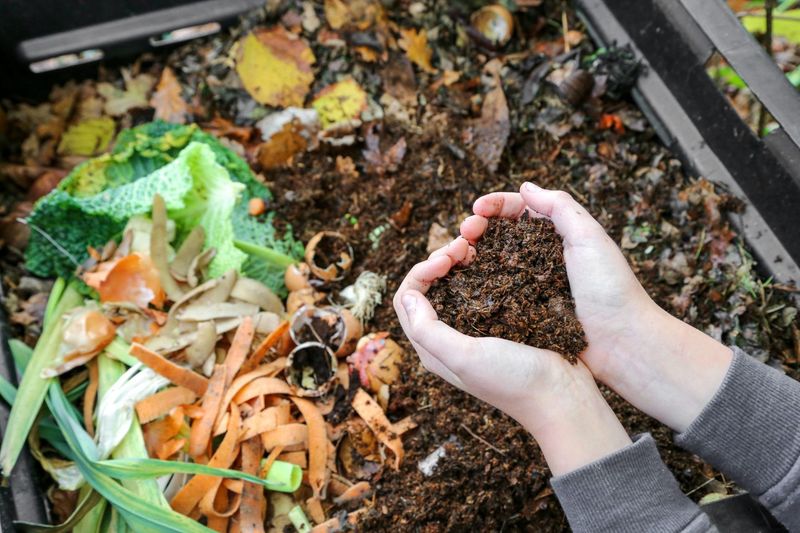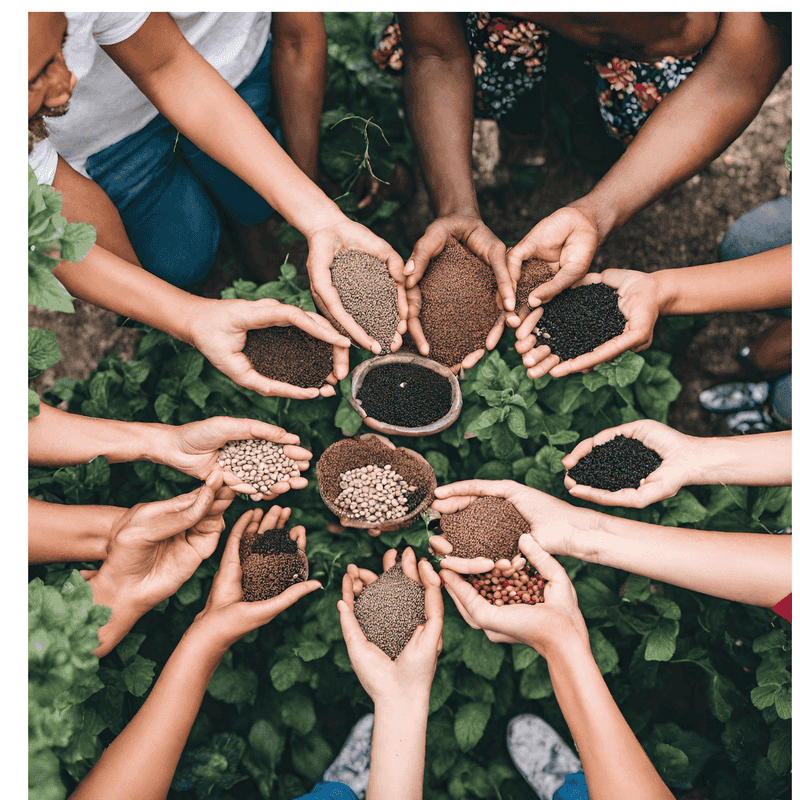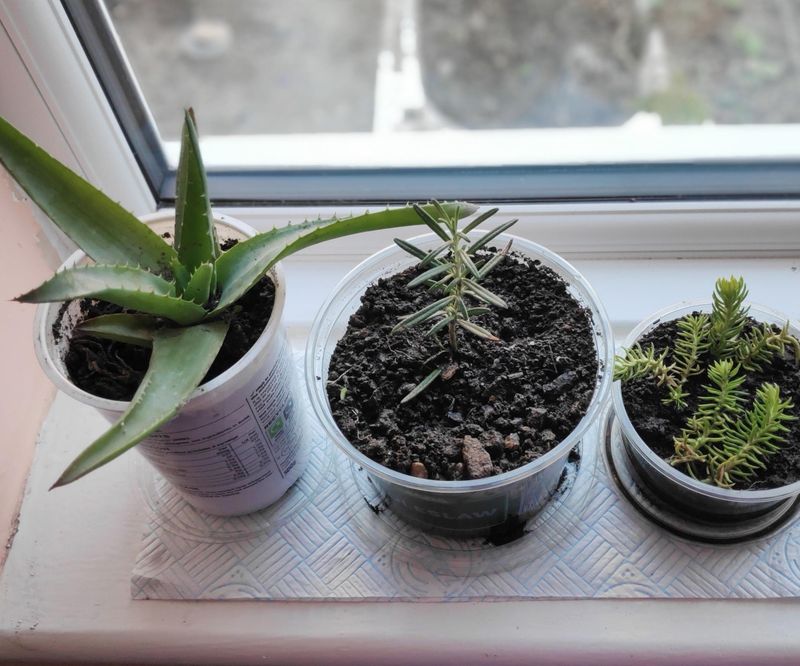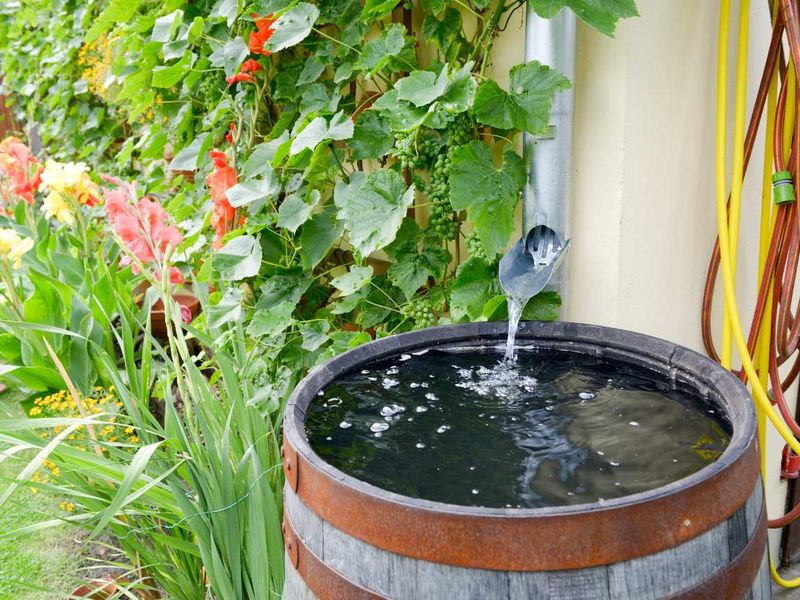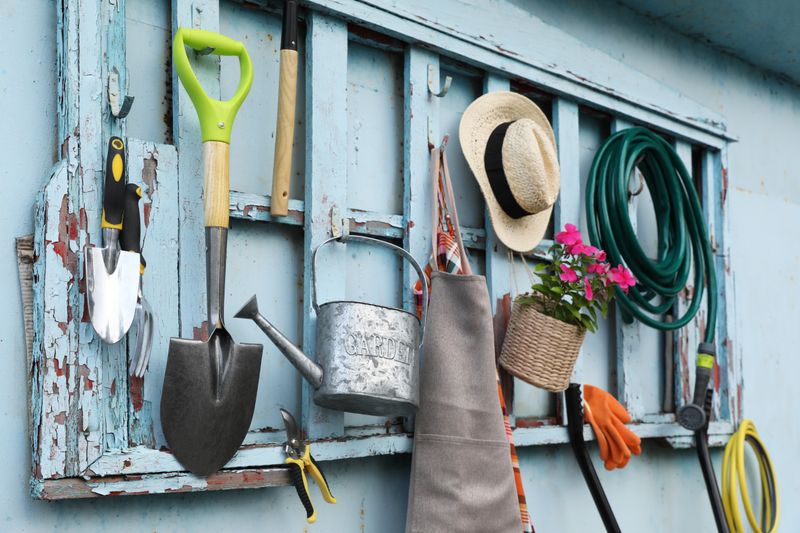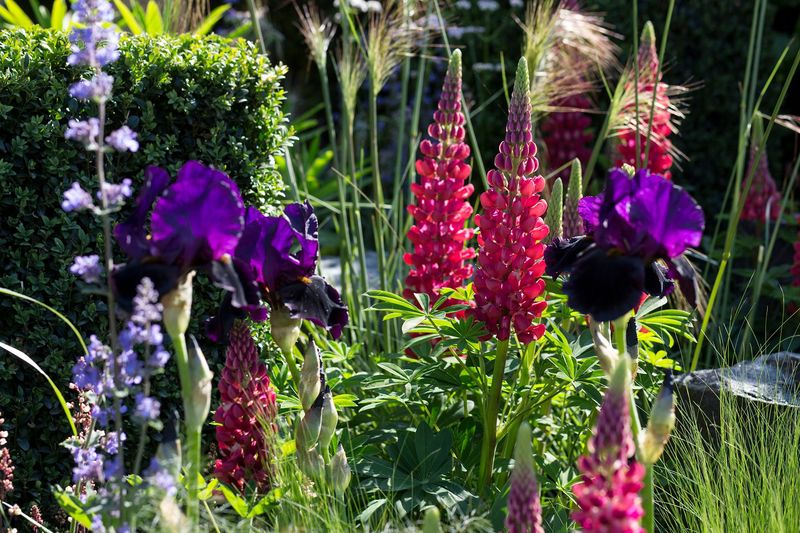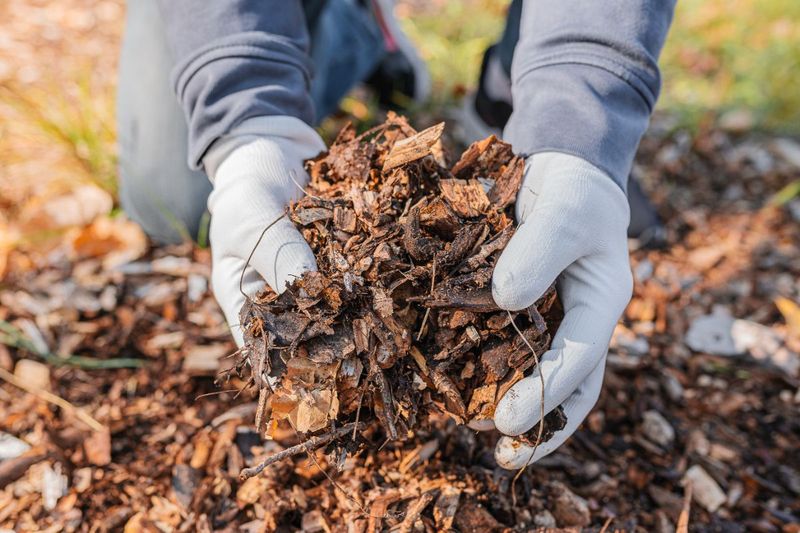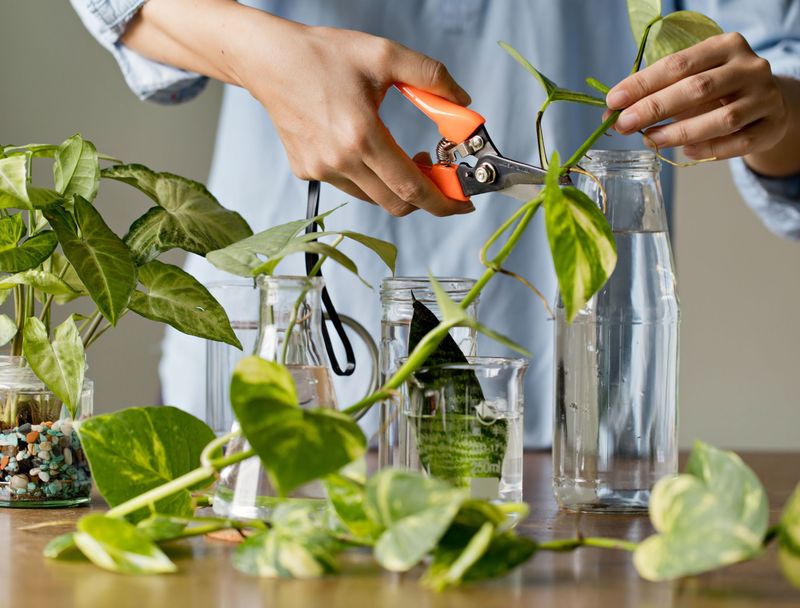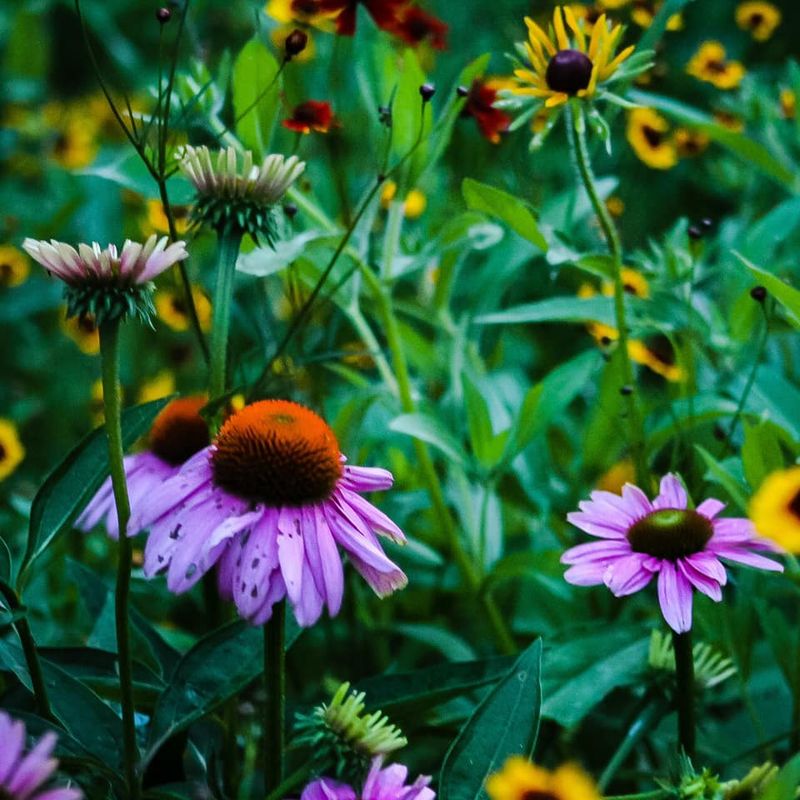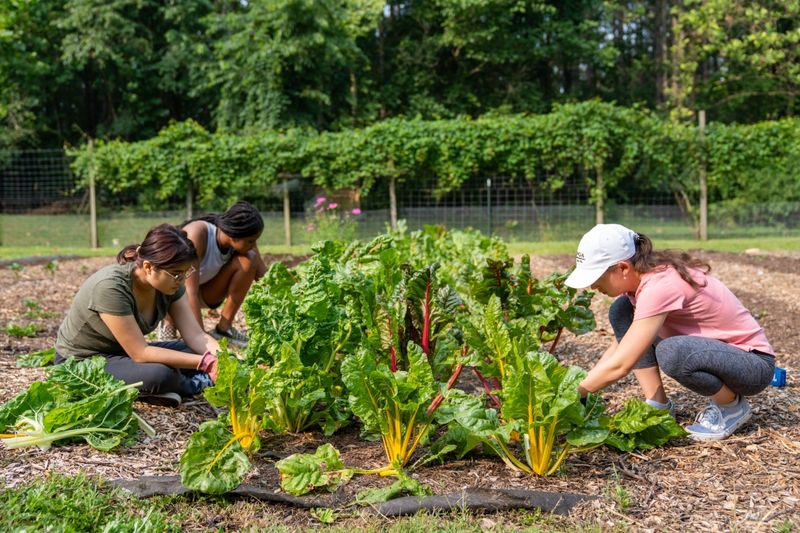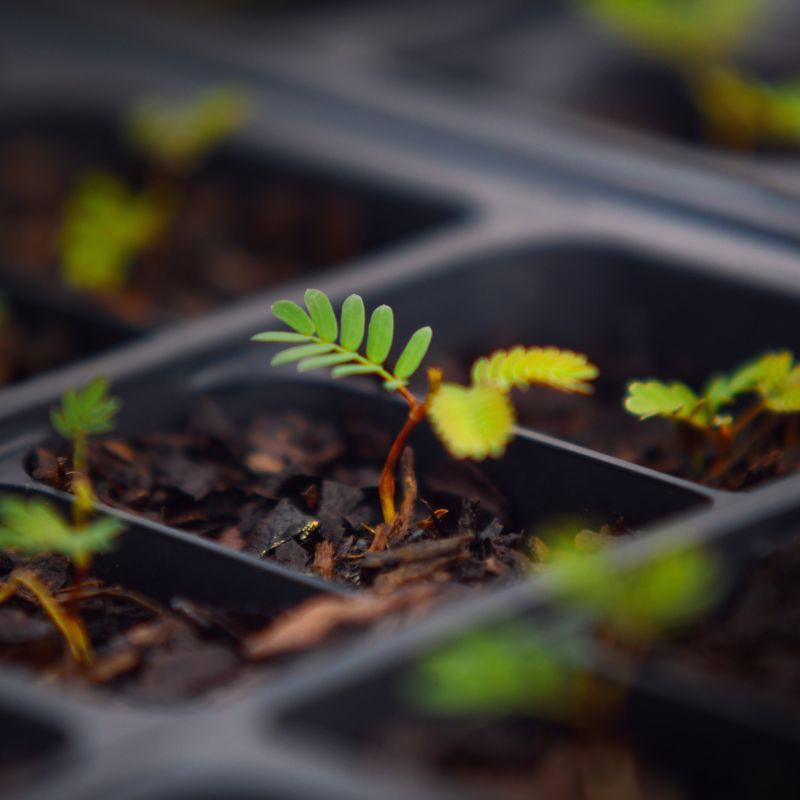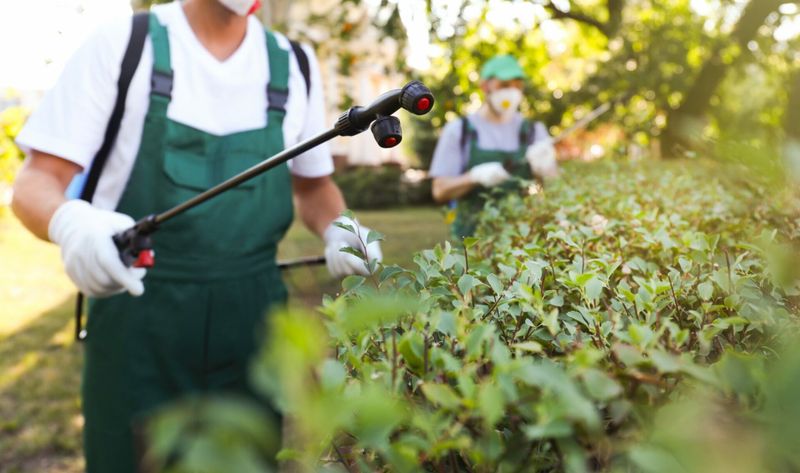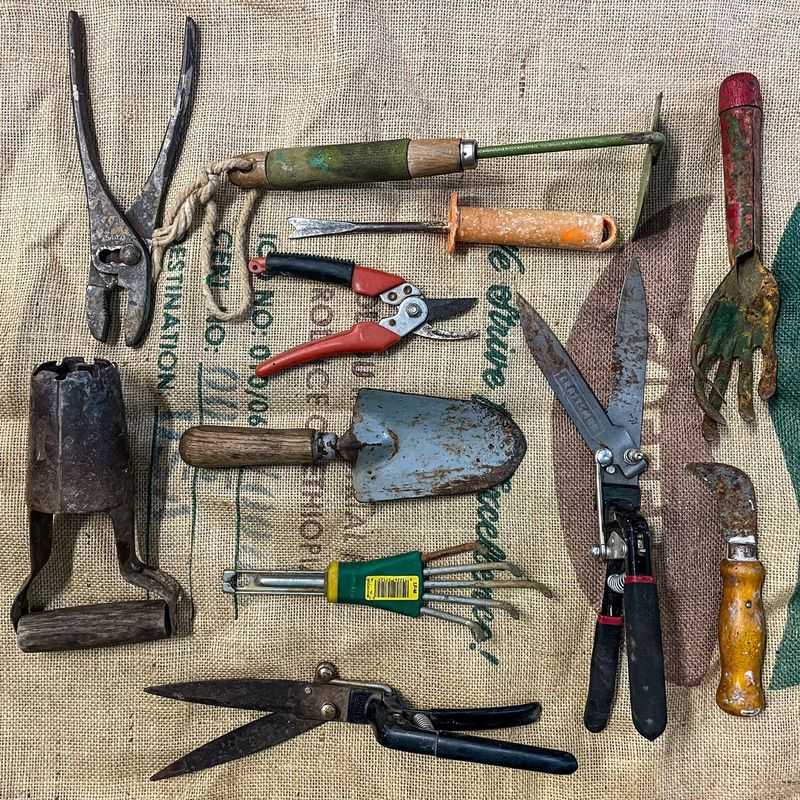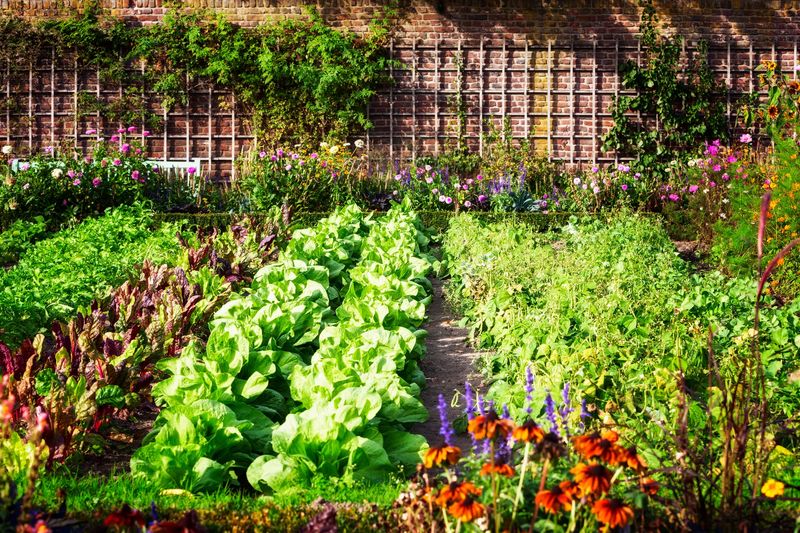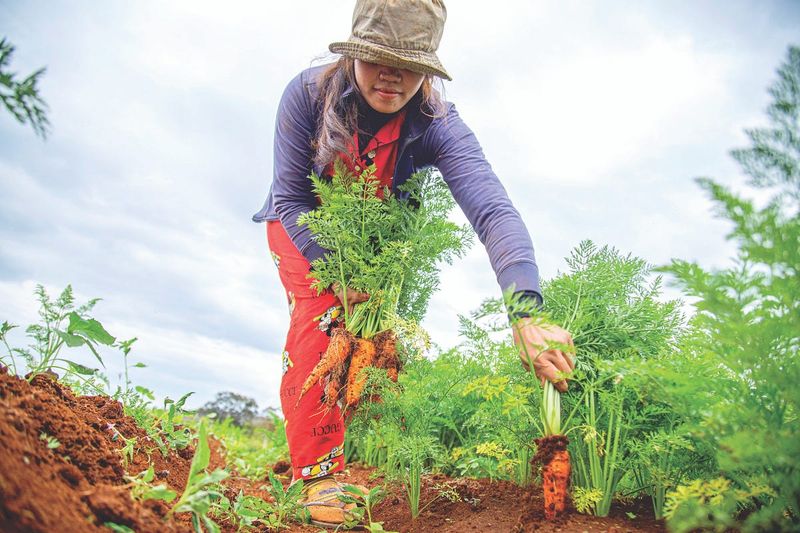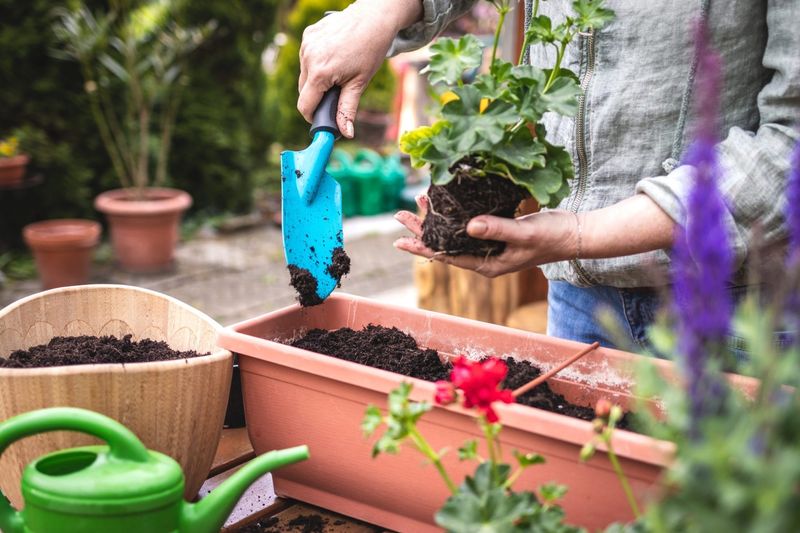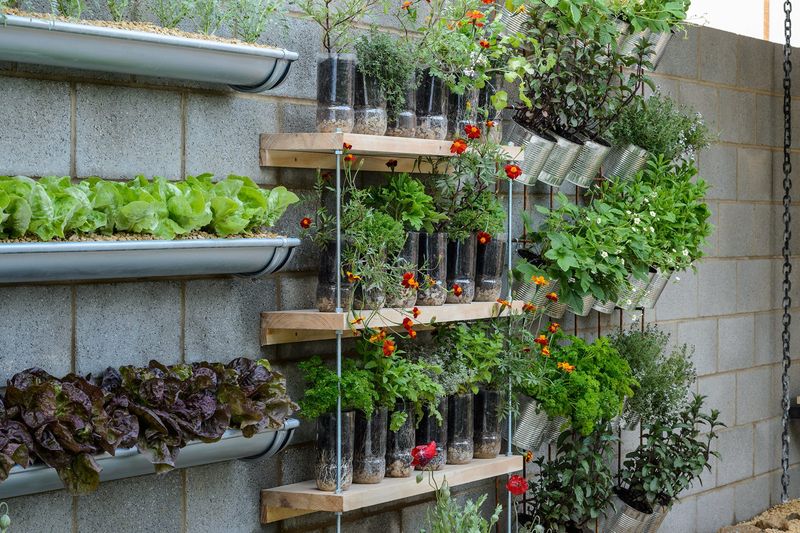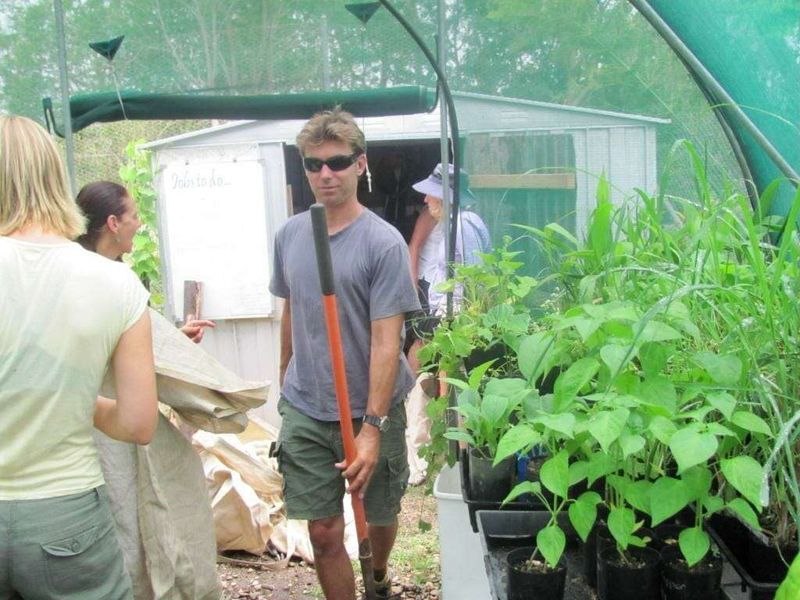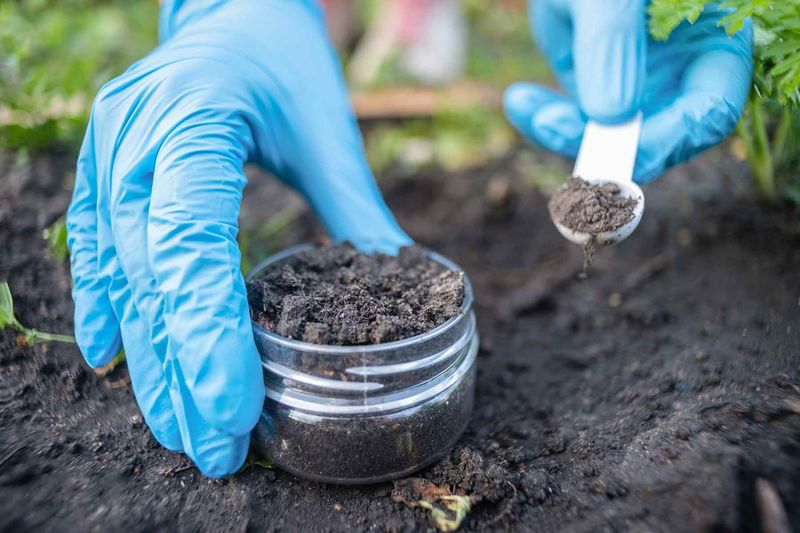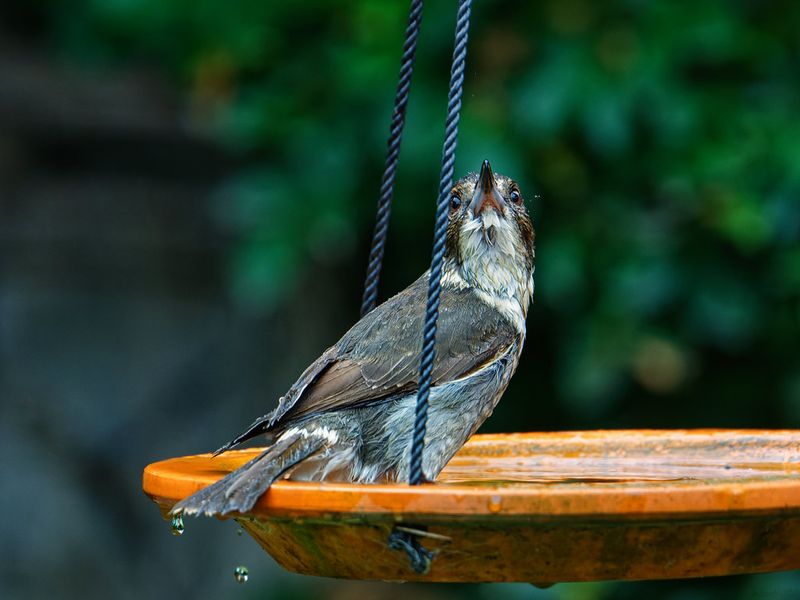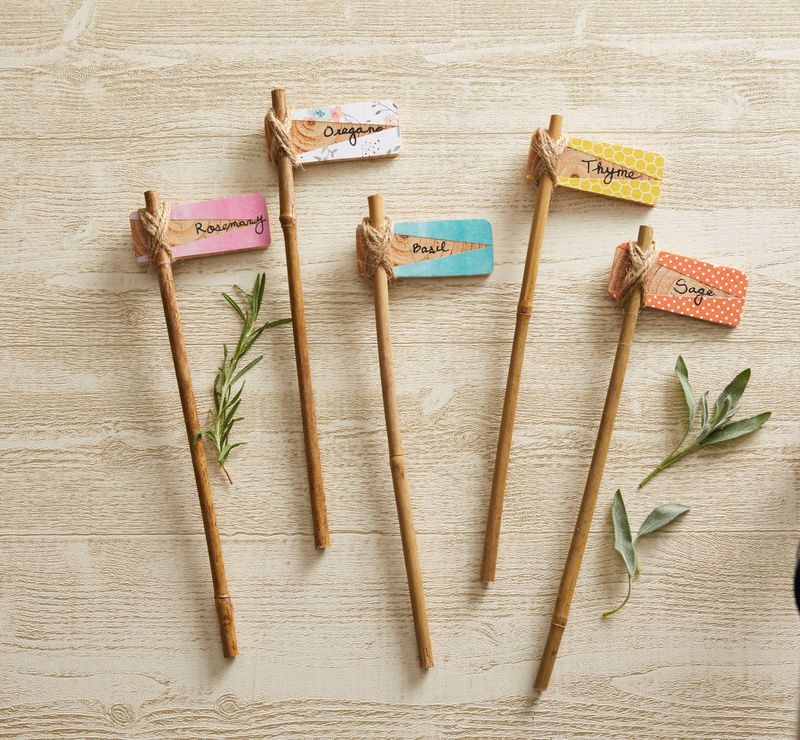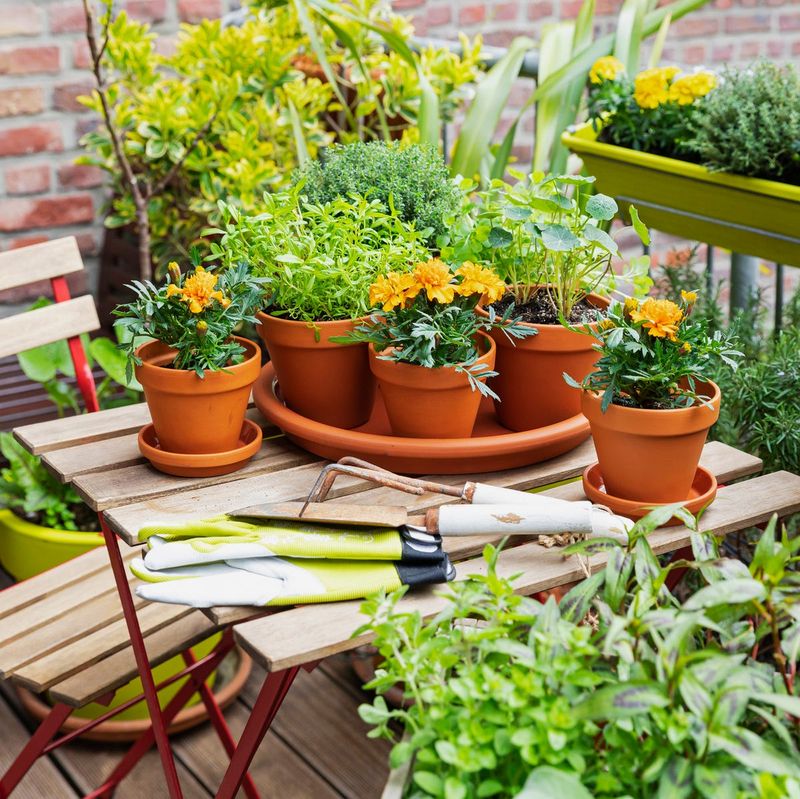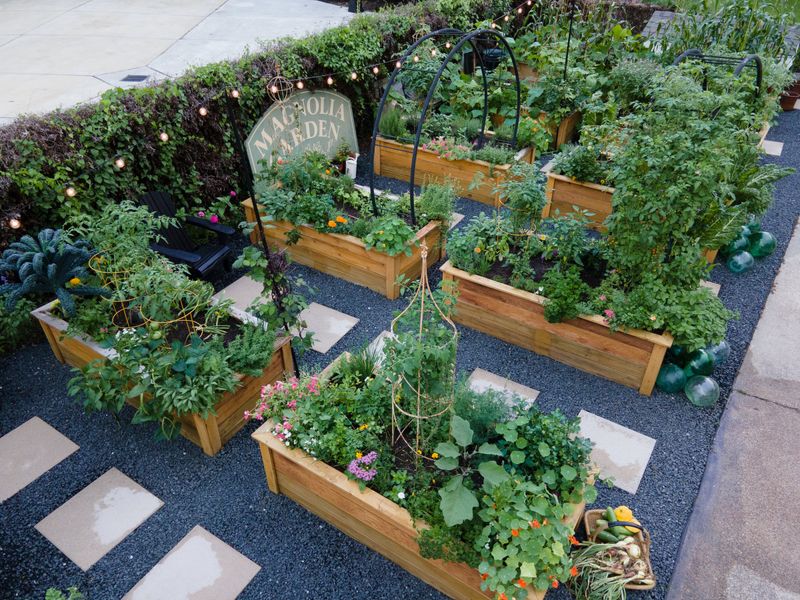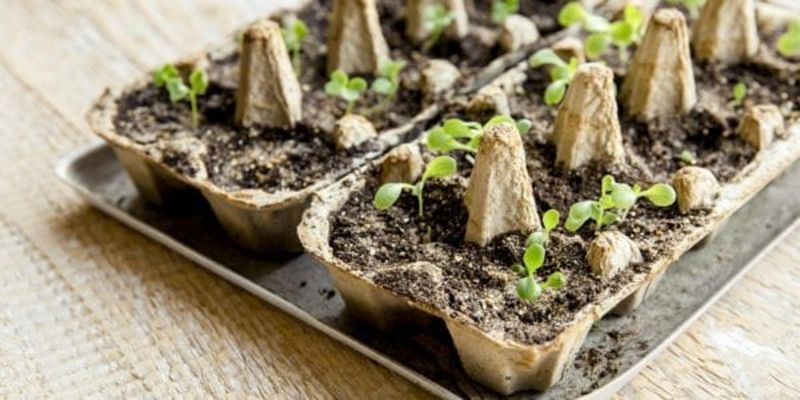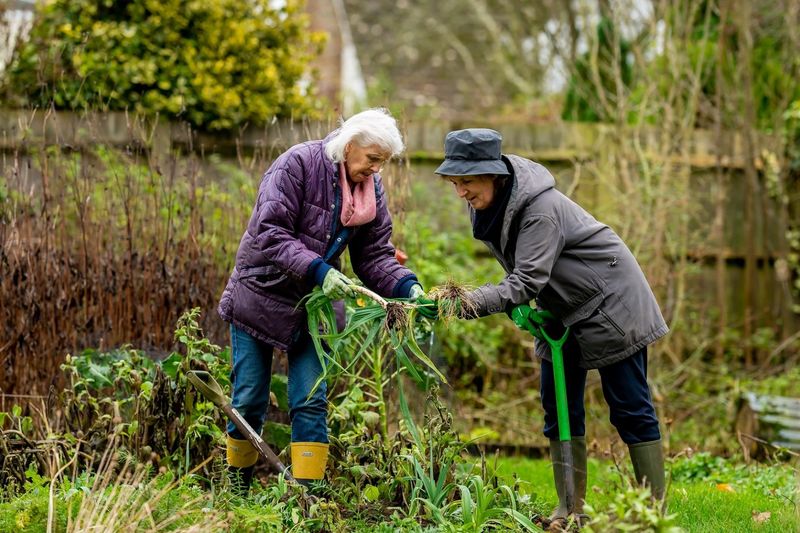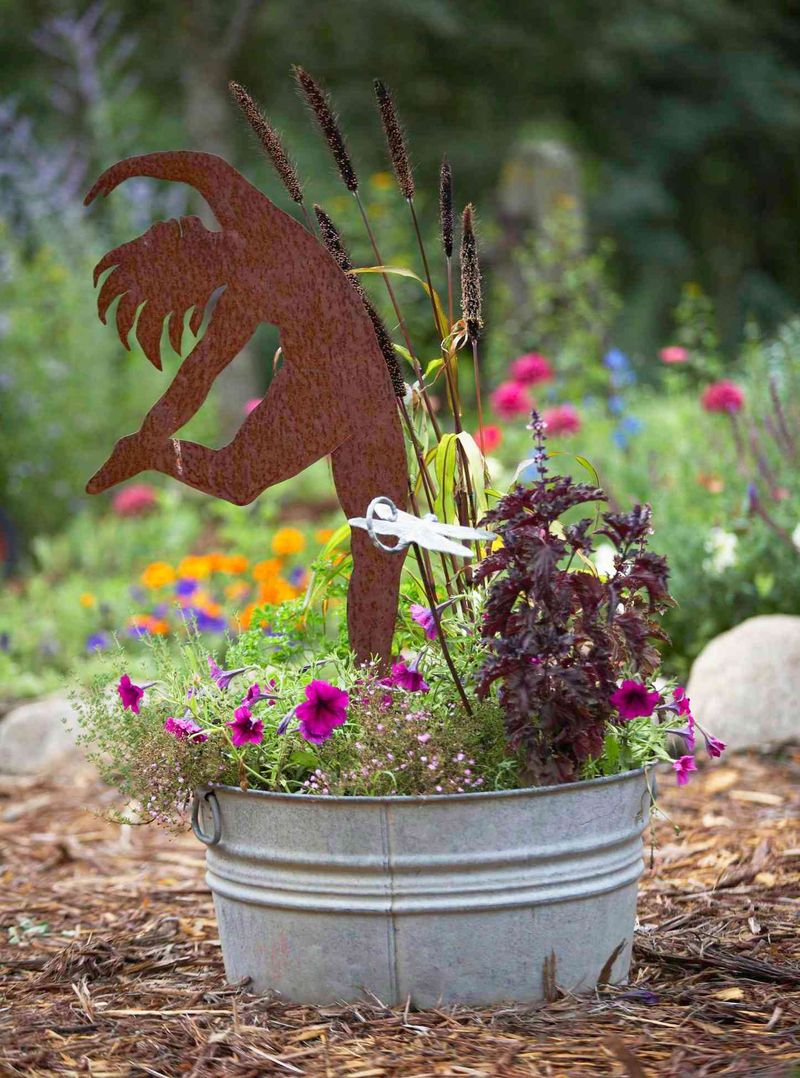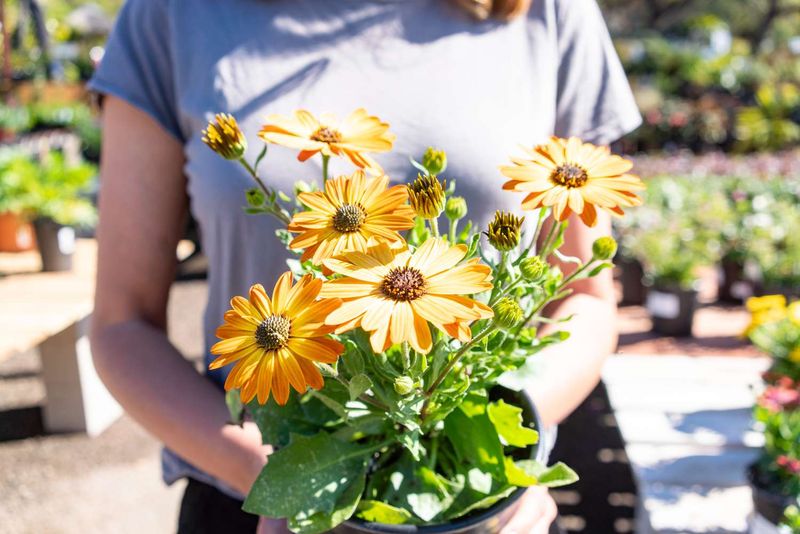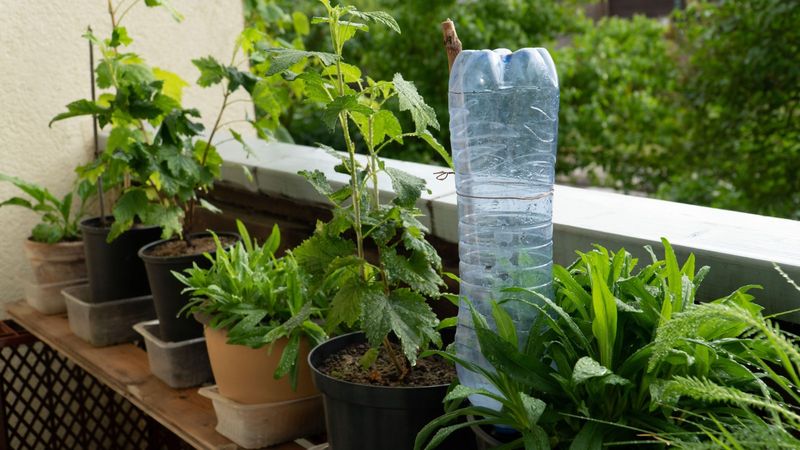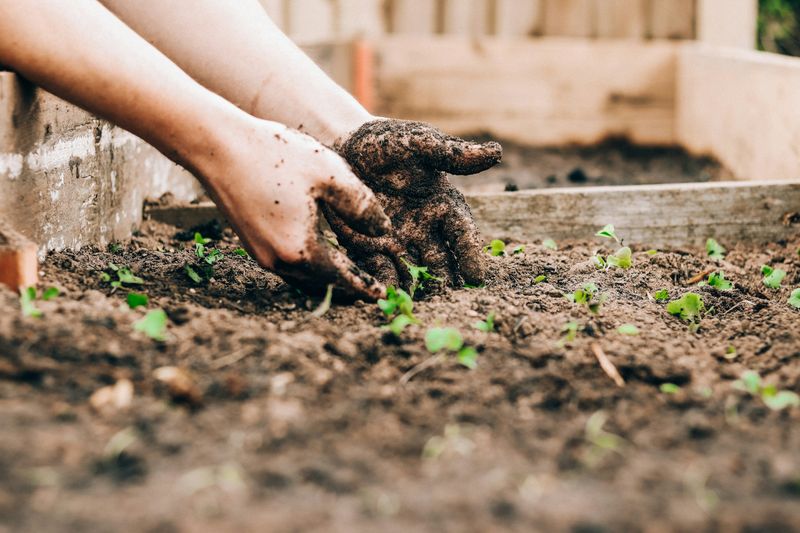Gardening doesn’t have to empty your pockets! With a little creativity and some good ol’ resourcefulness, you can grow a garden that thrives without spending a fortune.
Trust me, I’ve been there, trying to stretch my gardening budget while dreaming of lush greens. So, let’s dive into the tricks I’ve picked up along the way (like reusing egg cartons and scrounging for free mulch!)
Whether you’re a seasoned pro or a newbie just looking to get your hands a little dirty, these ideas are sure to get your garden blooming, and your wallet feeling much lighter!
1. Compost at Home
Starting with a simple habit can lead to big savings. Composting kitchen scraps and yard waste turns trash into treasure. Homemade compost enriches your soil without costing a penny.
The beauty of composting lies in its efficiency. Not only do you reduce waste, but you also eliminate the need to buy soil conditioners. This practice benefits both your garden and your wallet.
As your compost pile grows, so does your sense of accomplishment. You’ll find joy in nurturing your garden with your own two hands.
2. Seed Swapping
Sharing is caring, especially when it comes to seeds. Swapping seeds with fellow gardeners can diversify your garden without the cost of new seed packets.
Communities often organize seed swap events, providing opportunities to meet like-minded individuals and explore new plant varieties. A simple exchange can lead to unexpected friendships.
This cost-effective approach not only saves money but also fosters a sense of community. Imagine the satisfaction of seeing blooms from seeds shared by a neighbor.
3. Use Recycled Containers
Think outside the pot! Reusing old containers as plant pots is a brilliant way to save money. Anything from old buckets to worn-out boots can serve as a unique planter.
This approach not only reduces waste but gives your garden a quirky personality. Each container tells a story, making your garden truly one-of-a-kind.
In addition to saving money, you’ll enjoy the creativity of transforming everyday items into charming plant homes. Get ready for compliments on your eco-friendly garden!
4. Rainwater Collection
Harnessing nature’s bounty is both eco-friendly and economical. Collecting rainwater for your garden cuts down on utility bills.
A rain barrel setup can be as simple or elaborate as you like. By capturing water from your roof, you ensure your plants receive the hydration they need without additional costs.
Not only does this method preserve vital resources, but it also provides a steady supply of water during dry spells. Your plants will thank you for it!
5. DIY Garden Tools
Why buy when you can DIY? Crafting your own garden tools from household items can be both fun and frugal.
Old forks make great mini-rakes, and broken handles can be repurposed into stakes or markers. This inventive approach saves money and sparks creativity.
Your homemade tools may even become beloved family projects, adding a personal touch to your gardening endeavors. It’s amazing what a little ingenuity can achieve!
6. Perennial Plants
Investing in perennials has been a game-changer for me. I used to dread the annual replanting cycle, but now, my garden is full of plants that return year after year.
Not only do they save me money, but they’ve also reduced the amount of time I spend replanting and maintaining. I especially love how my garden looks different every season, with new colors and blooms.
It’s like getting a gift from nature every year. Perennials really are a gardener’s best friend. They’re low-maintenance and full of beauty!
7. Mulching with Leaves
Mother Nature provides the best mulch for free. Fallen leaves make excellent mulching material, improving soil moisture and structure.
Collecting leaves is a simple task with big benefits. Mulch reduces the need for frequent watering, saving you money on your water bill.
As the leaves break down, they enrich the soil, creating a thriving environment for your plants. It’s a win-win situation for your garden and your pocket.
8. Propagating Cuttings
Grow more for less by propagating plant cuttings. This method allows you to expand your garden with minimal effort and cost.
Many plants, from herbs to shrubs, can be easily propagated. A small cutting can grow into a full-fledged plant, providing you with endless gardening possibilities.
Not only does this save money, but it also becomes a rewarding hobby. Watching your cuttings flourish into mature plants is a truly satisfying experience.
9. Native Plants
Going native can be a game-changer for your garden. Native plants are adapted to local conditions, requiring less care and resources.
Their hardiness means you spend less on water, fertilizers, and pest control. By choosing native plants, you create a sustainable environment for local wildlife.
These plants often have deep cultural significance and add a distinct character to your garden. Embrace the beauty and practicality of going native!
10. Community Gardening
Gardening is more fun with friends. Community gardening not only saves money but also builds social connections.
Sharing resources, tools, and knowledge reduces individual costs. Working together fosters a sense of belonging and shared purpose.
Community gardens often receive support from local organizations, providing access to space and materials you might not afford alone. It’s a cost-effective way to enjoy gardening and make new friends.
11. Grow from Seeds
Starting plants from seeds is a budget-friendly way to cultivate a garden. Seeds are cheaper than seedlings, offering more variety and control.
The process of germination requires patience and care, but the rewards are worth it. Watching your seeds sprout and grow brings a sense of achievement.
By growing from seeds, you save money and gain a deeper understanding of your plants’ life cycle. It’s a fulfilling journey from seed to harvest.
12. Natural Pest Control
Keep pests at bay without breaking the bank. Natural pest control methods are both effective and economical.
Using ingredients like vinegar, garlic, or essential oils, you can create homemade repellents that are safe for your garden.
By avoiding chemical pesticides, you protect beneficial insects and the environment. It’s a healthy choice for your garden and your wallet. Plus, who knew garlic could be a gardener’s secret weapon?
13. Secondhand Garden Supplies
Why pay full price when you can buy secondhand? Thrift shops and online marketplaces offer garden supplies at a fraction of the cost.
From tools to pots, you can find almost anything gently used, saving you money for other projects. It’s like a treasure hunt with gardening rewards.
Not only do you save money, but you also support sustainable practices by reusing items. Your garden budget will thank you!
14. Edible Landscaping
I’ve found that planting an edible landscape is both beauty and utility! My garden is filled with fruits, vegetables, and herbs that not only look great but also provide fresh produce for my meals.
It’s so satisfying to pick a fresh salad or add some homegrown basil to dinner. Plus, it saves me money on groceries and adds flavor to everyday cooking.
If you haven’t tried it yet, blending edibles with your landscape is a win for both your garden and your taste buds!
15. Library Resources
Knowledge is power, and libraries are treasure troves of gardening wisdom. Borrowing books and resources can save you money on expensive guides.
From plant care to design ideas, libraries offer a wealth of information to help your garden flourish. Plus, it’s an eco-friendly option.
By tapping into community resources, you enhance your gardening skills without spending a dime. Libraries may just be your garden’s best-kept secret.
16. DIY Fertilizers
Who knew your kitchen could double as a fertilizer factory? DIY fertilizers made from common household items are both economical and effective.
Eggshells, coffee grounds, and banana peels are just a few ingredients that can enrich your soil. These natural fertilizers are safe and easy to make.
By using homemade fertilizers, you reduce waste and cut down on gardening expenses. Your plants will thrive, and your wallet will too!
17. Vertical Gardening
When space is tight, think vertically. Vertical gardening maximizes limited areas, allowing you to grow more without expanding your footprint.
Using wall planters, hanging pots, or trellises, you transform unused space into a productive garden area. It’s efficient and space-saving.
This approach not only saves money but also adds an artistic element to your garden. Vertical gardens can turn a plain wall into a green masterpiece.
18. Garden Clubs
Join the club! Garden clubs often provide members with discounts on supplies and access to exclusive events.
Clubs offer a wealth of knowledge and resources, from guest speakers to workshops. Plus, you become part of a community of passionate gardeners.
Membership can lead to valuable connections and cost-saving opportunities. It’s a fantastic way to enhance your gardening experience while keeping expenses low.
19. Soil Testing
Knowledge is the root of success. Testing your soil helps determine what nutrients are needed, saving you from unnecessary purchases.
A simple soil test kit can reveal pH levels and deficiencies, guiding your choice of amendments. This ensures your garden thrives without overspending.
By understanding your soil’s needs, you make informed decisions, optimizing plant health and budget. It’s a smart investment for any gardener.
20. Wildlife Habitats
Invite nature into your garden by creating wildlife habitats. These spaces support beneficial creatures, reducing the need for pest control.
By providing food, water, and shelter, you encourage a healthy ecosystem. Birds, bees, and butterflies become natural allies in maintaining garden balance.
This eco-friendly approach is cost-effective and enriches your garden’s biodiversity. Plus, who doesn’t love the sight of bees buzzing and butterflies fluttering?
21. Homemade Plant Markers
I love getting crafty with plant markers, and it’s a fun way to save money! Instead of splurging on fancy ones, I’ve used old wooden spoons, stones, and even broken tiles to label my plants.
Not only does it give my garden a personal touch, but it’s also an awesome way to recycle. Plus, it’s super satisfying to see your creations while tending to your plants.
This simple project is both budget-friendly and creative. Perfect for anyone looking to add a little flair to their garden!
22. Seasonal Planting
Timing is everything in gardening. Planting seasonal crops ensures you get the most out of your garden.
By aligning your planting schedule with the seasons, you optimize growth and minimize costs. Seasonal plants are often hardier and require less intervention.
This strategic approach leads to healthier plants and greater yields, saving you money in the long run. It’s all about working with nature’s rhythm.
23. Gardening Workshops
Learn and save at the same time! Gardening workshops offer hands-on experience and valuable tips without the price tag of courses.
Many communities offer free or low-cost workshops, covering a wide range of topics. These sessions can enhance your skills and introduce you to new methods.
Networking with fellow gardeners at workshops can lead to knowledge sharing and cost-saving ideas. It’s an investment in your gardening prowess.
24. Repurpose Household Items
Before tossing old items, consider their garden potential. Repurposing household items can save money and add charm to your garden.
An old ladder becomes a plant stand, and a chipped teapot turns into a whimsical planter. This creative reuse reduces waste and costs.
Your garden gains personality and style with each repurposed piece. It’s a testament to the power of creativity and thriftiness in gardening.
25. Sharing Equipment
Teamwork makes the dream work, especially in gardening. Sharing equipment with neighbors cuts down on expenses.
Not everyone needs to own a lawnmower or tiller. By pooling resources, you save money while fostering community spirit.
This cooperative approach ensures everyone has access to necessary tools without the burden of ownership. It’s a win for your garden and your neighborhood.
26. Upcycle Garden Decor
Turn trash into treasure by upcycling garden decor. Old tires, bottles, and pallets can become beautiful garden features.
This eco-friendly practice reduces waste and saves money. It’s amazing how a little paint and creativity can transform discarded items into art.
Upcycling not only enhances your garden’s appearance but also sparks creativity and innovation. Your garden becomes a testament to ingenuity.
27. Local Plant Sales
One of my favorite ways to score plants on a budget is by hitting up local plant sales. Not only do you get a wide range of plants at amazing prices, but you’re also supporting local growers!
I’ve found some of my best garden gems this way, plants that thrive perfectly in my climate. It’s like a treasure hunt where the plants are the prizes!
Plus, the excitement of snagging a bargain makes gardening even more fun. Definitely worth checking out in your community!
28. DIY Drip Irrigation
Quench your garden’s thirst with DIY drip irrigation. This efficient watering method saves water and money.
Using inexpensive materials like hoses and plastic bottles, you can create a system that delivers water directly to the roots.
This approach reduces water waste and ensures plants get consistent moisture. It’s a cost-effective solution for any gardener.
29. Garden Journaling
Keep track of your garden journey with a journal. Documenting plant growth, weather patterns, and techniques can save money on future mistakes.
A journal helps you learn from past experiences, improving your gardening skills over time. It’s like having a personal gardening guide.
This reflective practice enhances your connection with your garden and ensures continued success. Plus, it’s a peaceful way to unwind after a day in the dirt.
30. Natural Weed Control
I’ve learned that keeping weeds in check doesn’t need to involve expensive or toxic chemicals. Some simple things like newspaper mulch, vinegar, or just good ol’ hand-pulling, can do the trick.
I’ve been able to maintain a clean garden without breaking the bank. Not only is it better for my wallet, but it also keeps my garden safe for pets, kids, and the environment.
I feel pretty proud when I can tackle weeds the natural way, knowing I’m protecting my soil and plants while staying eco-friendly!


